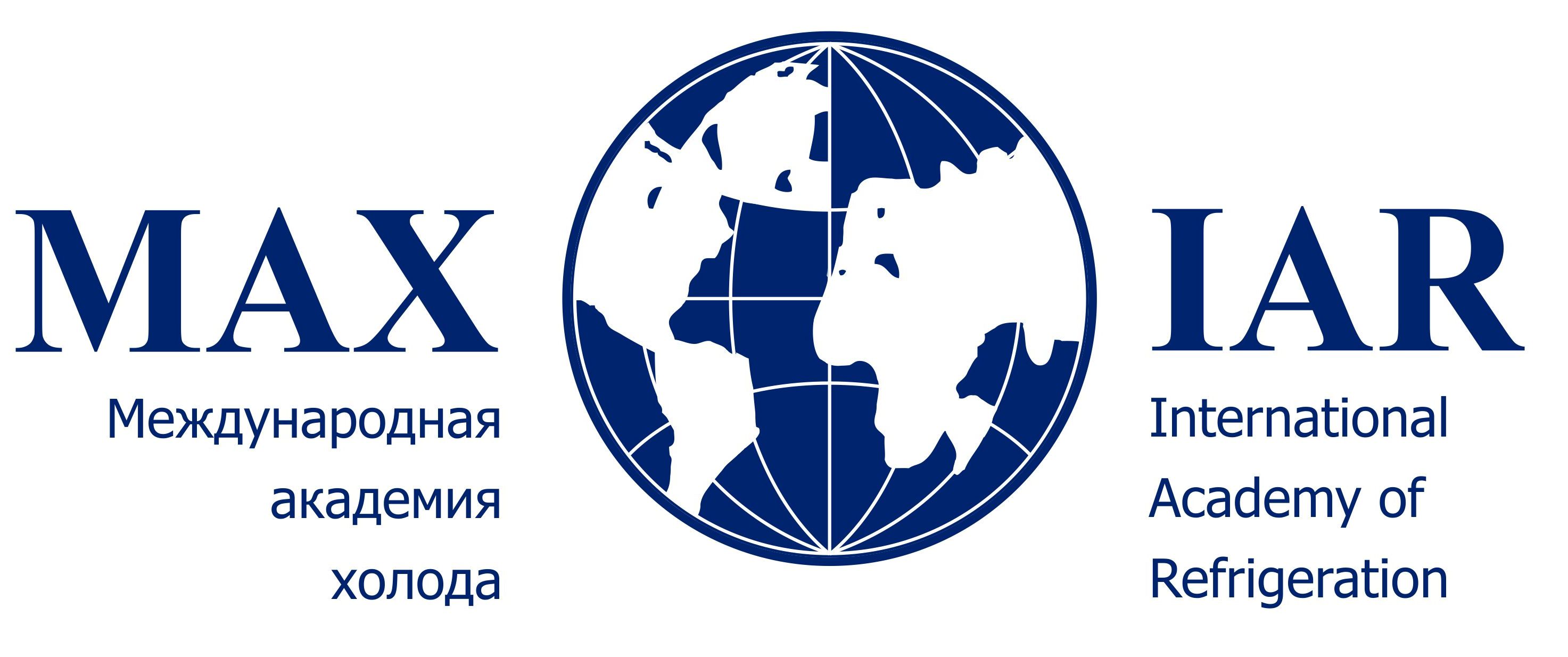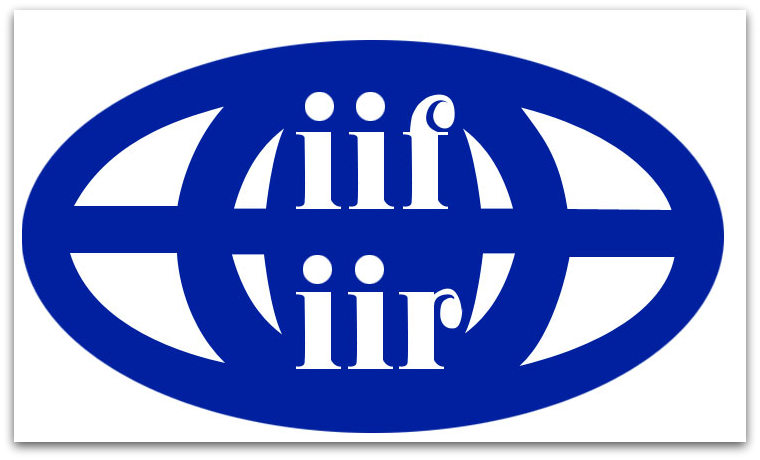Prediction of parameters for boil-off gas in cryogenic tanks. Part 1. Modelling methods.
DOI: 10.17586/1606-4313-2025-24-35-41
UDC 621.64
Andrei V. Zaitsev, Saftli Adham
Keywords: liquefied natural gas (LNG), boil-off gas (BOG), boil-off rate (BOR), cryogenic storage, modelling, computational fluid and gas dynamics (CFD).
UDC 621.64
Prediction of parameters for boil-off gas in cryogenic tanks. Part 1. Modelling methods.
For citation: Zaitsev A.V., Saftli A. Prediction of parameters for boil-off gas in cryogenic tanks. Part 1. Modelling methods. Journal of International Academy of Refrigeration. 2025. No 1. p. 35-41. DOI: 10.17586/1606-4313-2025-24-1-35-41
Abstract
The paper presents an overview of phenomena related to boil-off gas (BOG) and its parameters in liquefied natural gas storage. The history of modelling methods used for BOG prediction is shown, and the computational methods currently used in the industry are presented. We discuss three main categories of modelling methods used for BOG prediction: 1 – thermodynamic models based on relationships between temperature, pressure, and phase changes; 2 – dynamic simulation models including computational fluid dynamics (CFD); 3 – process modelling software tools such as Aspen HYSYS, MATLAB, ANSYS, etc. Dynamic simulation models are more accurate and can describe complex system behaviour, but detailed system information is required and the modelling process is computationally expensive and time-consuming, which is suitable for fundamental research where accuracy is critical. Thermodynamic models are faster, but can be less accurate in predicting detailed system behaviour, especially under varying conditions. They are well suited for routine operational predictions or systems with simpler configurations. The review and detailed analysis of the application of these modelling approaches is intended to assist researchers and industry professionals in selecting the most appropriate models based on system complexity, desired level of accuracy, and available computational resources, providing optimal solutions for the task of reducing BOG losses and improving the operational efficiency of storage facilities.
Abstract
The paper presents an overview of phenomena related to boil-off gas (BOG) and its parameters in liquefied natural gas storage. The history of modelling methods used for BOG prediction is shown, and the computational methods currently used in the industry are presented. We discuss three main categories of modelling methods used for BOG prediction: 1 – thermodynamic models based on relationships between temperature, pressure, and phase changes; 2 – dynamic simulation models including computational fluid dynamics (CFD); 3 – process modelling software tools such as Aspen HYSYS, MATLAB, ANSYS, etc. Dynamic simulation models are more accurate and can describe complex system behaviour, but detailed system information is required and the modelling process is computationally expensive and time-consuming, which is suitable for fundamental research where accuracy is critical. Thermodynamic models are faster, but can be less accurate in predicting detailed system behaviour, especially under varying conditions. They are well suited for routine operational predictions or systems with simpler configurations. The review and detailed analysis of the application of these modelling approaches is intended to assist researchers and industry professionals in selecting the most appropriate models based on system complexity, desired level of accuracy, and available computational resources, providing optimal solutions for the task of reducing BOG losses and improving the operational efficiency of storage facilities.
Keywords: liquefied natural gas (LNG), boil-off gas (BOG), boil-off rate (BOR), cryogenic storage, modelling, computational fluid and gas dynamics (CFD).












